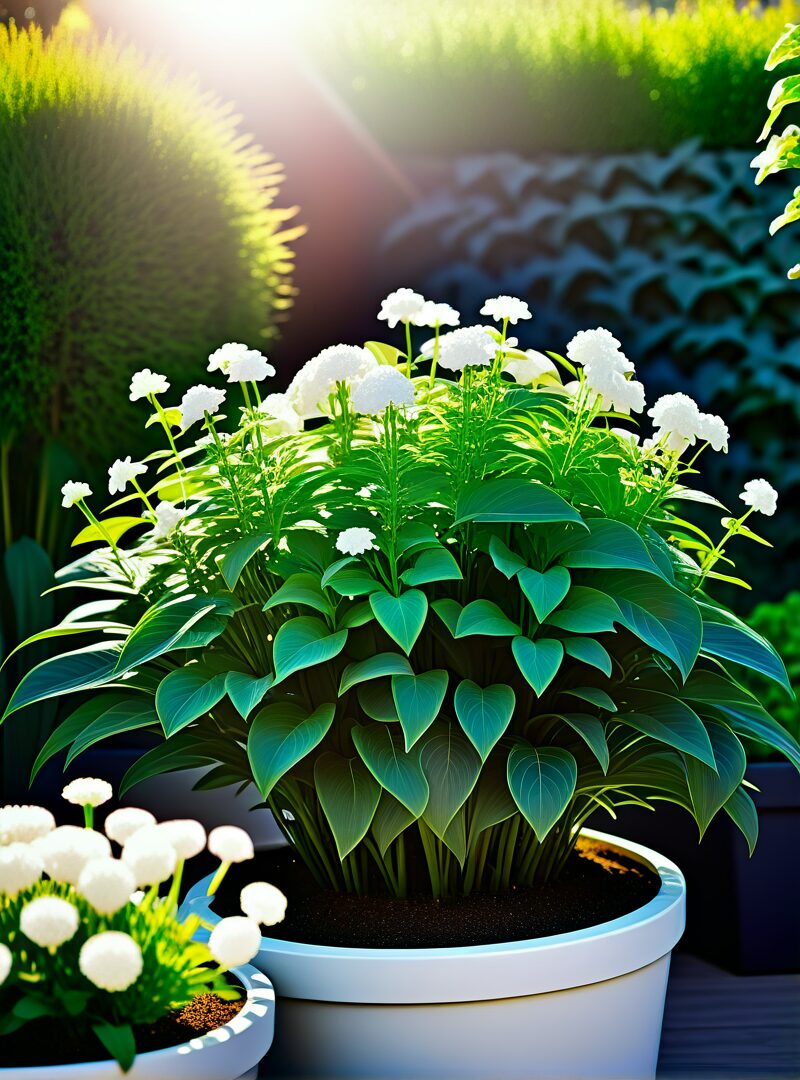5 Steps to Create a Thriving Standing Herb Garden: Fresh Herbs at Your Fingertips
5 Steps to Create a Thriving Standing Herb Garden
Are you tired of crouching and bending over for your herbs? A Standing Herb Garden offers the perfect solution! This innovative, space-saving gardening method combines convenience with style, transforming patios, decks, and even small spaces into lush herb havens. With this guide, you’ll learn everything you need to know to design, plant, and maintain a thriving standing herb garden, ensuring fresh, flavorful herbs are always within arm’s reach.
Step-by-Step Guide
Learn the essential steps to build a flourishing standing herb garden.
Expert Tips
Get insider advice for maintaining healthy, productive herbs.

Why Choose a Standing Herb Garden?
Growing fresh herbs at home can be a rewarding experience, but bending over ground-level pots or sacrificing valuable space often turns the joy of gardening into a chore. Enter the standing herb garden: a solution that marries practicality, elegance, and innovation.
- Convenience: Say goodbye to backaches! Standing herb gardens are ergonomically friendly, keeping plants at a comfortable height.
- Space Efficiency: Ideal for small spaces, they make the most of vertical areas, perfect for balconies and patios.
- Aesthetic Appeal: These gardens double as beautiful, fragrant decor for patios, balconies, or kitchens.
Step 1: Lay the Foundation for Success
Choosing the Right Container
Opt for multi-tiered planters to maximize vertical space. Use materials like terracotta or plastic with good drainage holes. For added ease, consider self-watering containers to maintain consistent moisture.
Finding the Perfect Spot
Ensure your herbs get 6–8 hours of sunlight daily. A south-facing location is ideal, or you can supplement with LED grow lights for indoor setups.
Preparing the Soil
Use a high-quality potting mix designed for herbs. For improved drainage, add perlite or grit, especially for Mediterranean herbs like rosemary and thyme.
Step 2: Select and Plant Your Herbs
Best Herbs for Standing Gardens
Versatile choices like Basil, chives, parsley, mint, oregano, thyme, rosemary, and sage thrive in containers. Select herbs with similar water and light needs for each tier to simplify care.
Planting Layout Tips
Place taller herbs like rosemary on the top tiers for optimal light. Use trailing herbs like thyme and oregano on lower levels. Experiment with companion planting to encourage healthy growth.
Step 4: Maximize Space & Step 5: Seasonal Care
Make use of different levels in tiered planters to ensure each herb gets enough sunlight, and add a touch of whimsy with hanging herb baskets for extra space. During colder months, winterize your herbs by moving your standing garden indoors to protect perennials like rosemary. For consistent year-round growth, use grow lights to supplement natural light.

